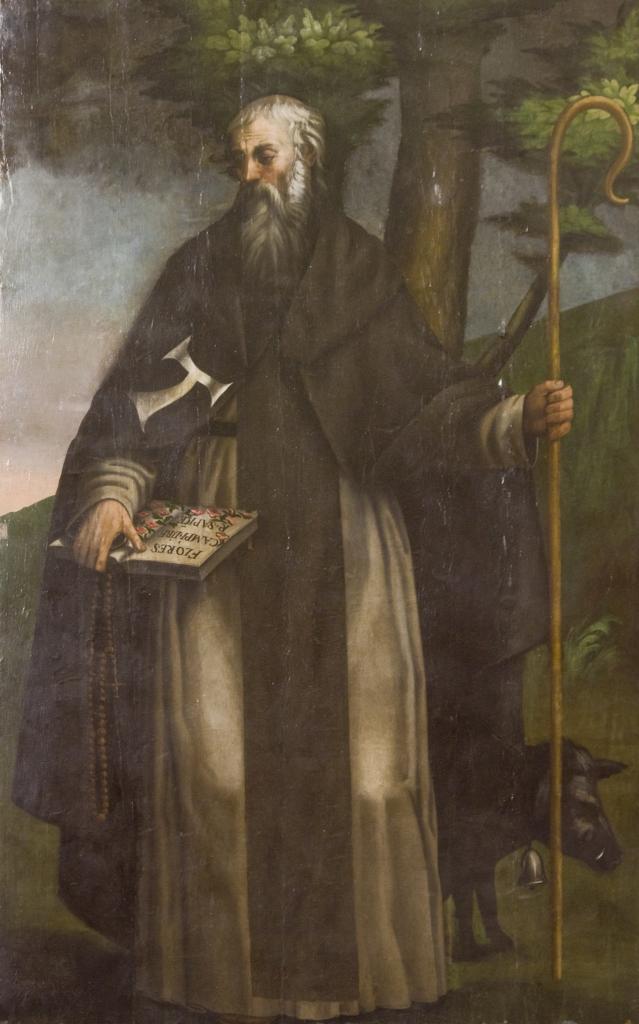By Fr James Leachman OSB
St Anthony of Egypt, also called St Anthony the Great, was born c. 251, in Koma, Middle Egypt. He died in 356, at Dayr MÄrÄ« Antonios hermitage, near the Red Sea. His feast day is 17th January.
Anthony is considered the founder and father of Christian monasticism. St Athanasius, patriarch of Alexandria, left many accounts and discourses attributed to him in the Life of Antony.
He offers an example to us of taking care of family and taking care of the poor. According to the Life of Anthony, when he was about 20 years old, his parents died and left him to care for his unmarried sister. Soon after, he decided to follow the gospel exhortation which he heard in church one Sunday from Matthew 19:21, ‘If you wish to be perfect, go, sell what you have and give to the poor, and you will have treasures in heaven.’ Anthony gave away some of his family's land to his neighbours, sold the remaining property, and donated the funds to the poor, placing his sister with a group of Christian virgins.
He began to practice an ascetic life and after 15 years he withdrew for absolute solitude to a mountain by the Nile called Pispir (now Dayr al-Maymūn), where he lived from about 286 to 305. During the course of this retreat, he began his legendary combat against the Devil, withstanding a series of famous temptations. He emerged from these solitary psychic struggles transformed and radiant, the sane and sensible father of Christian monasticism and guide of Christians.
When persecution of Christians ended in 313, he moved to a mountain in the Eastern Desert, between the Nile and the Red Sea where the monastery Dayr MÄrÄ« Antonios still stands. There he remained, receiving visitors and, on occasion, crossing the desert to Pispir.
Anthony is an example for monastic women and men and all Christian people through his fidelity to prayer in solitude and his awareness of his own frailty and vulnerability before God and his dependence upon God alone. We, like Anthony, who live some aspect of solitude in the ‘desert’ of the city, and in modern life in general, can consider ourselves to be the vanguard of God’s army. By fasting, prayer and other ascetic practices, we too can attempt to attain the mental and spiritual purity and freedom from temptation that we see in Anthony. In our diocese of Westminster the enclosed Benedictine nuns at Tyburn convent are heroic examples and encouragements to our whole Catholic community.
Anthony’s witness encourages us all in discerning the presence of good and evil in us and around us and in standing up to unjust manifestations of power. According to St Athanasius the Devil’s assault on Anthony took the form of visions, either seductive or horrible. The night howling demons appeared in many guises, as beasts, ghouls or temptresses. Anthony endured many such attacks, and those who witnessed them were convinced they were real. Every vision conjured up by Satan was repelled by Anthony’s fervent prayer, patience and penitential acts. So exotic were the visions and so steadfast was Anthony’s endurance that the subject of his temptations has often been used in literature as in the novel The Temptation of Saint Anthony (1874) by Gustave Flaubert.
The rule that bears his name was compiled from writings and discourses attributed to him and is still observed in our day by a number of Coptic and Armenian monks.




